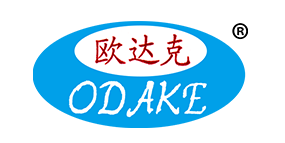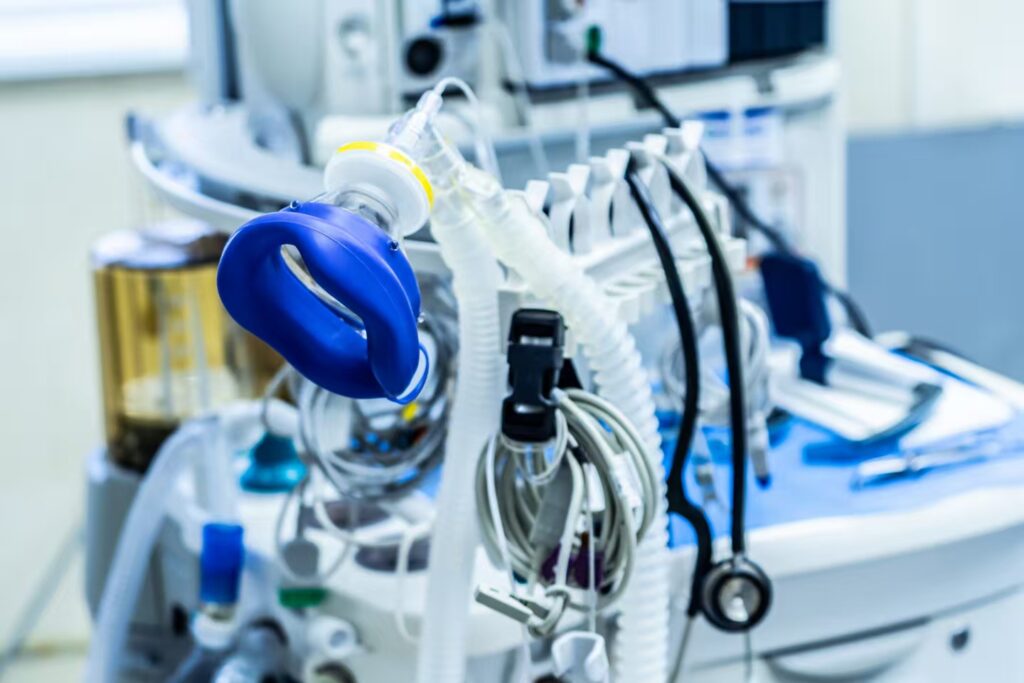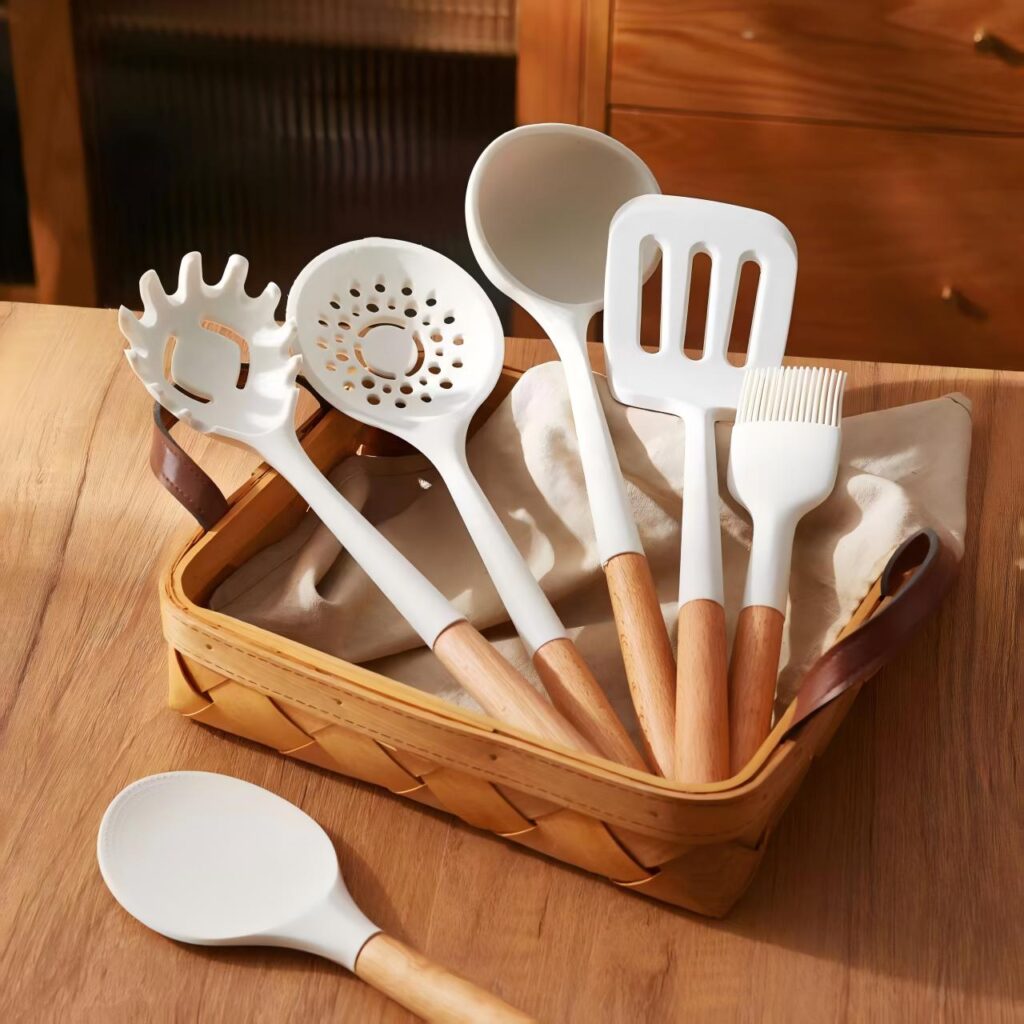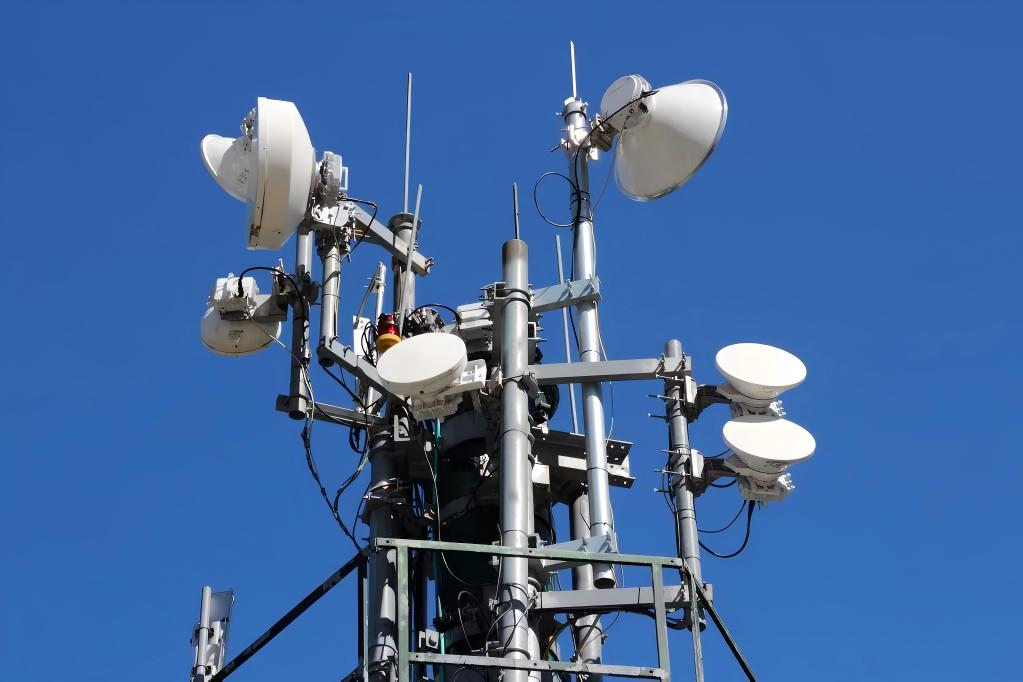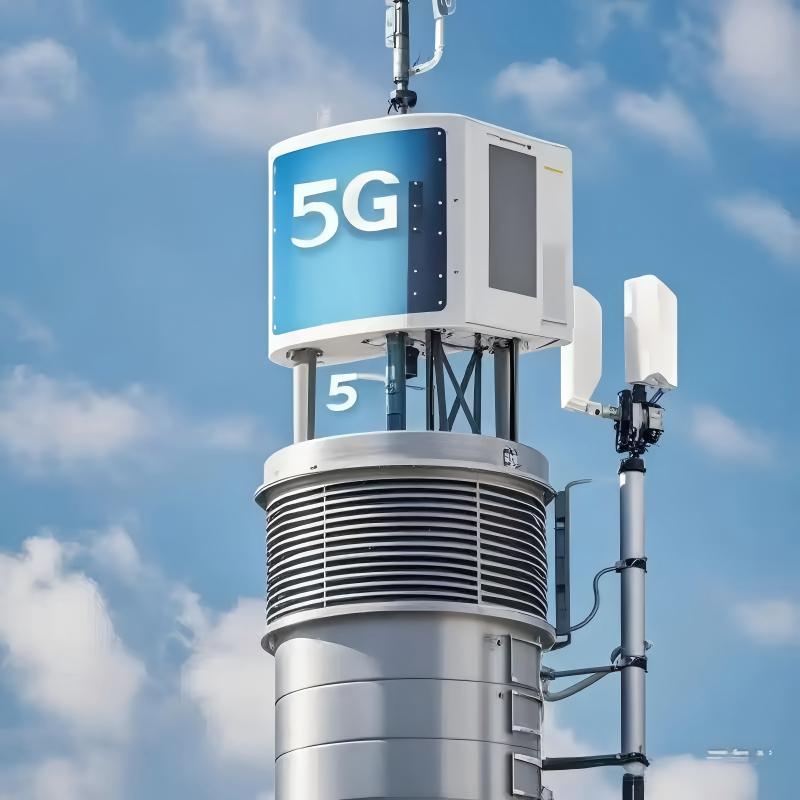In the rapidly evolving manufacturing world, sustainability has become a key driver of innovation. As industries strive to reduce their environmental impact, UV-curable adhesives are leading the charge as a cleaner, more efficient alternative to traditional bonding methods. With their ability to cure instantly under UV light and their eco-friendly properties, these adhesives are revolutionizing industries from electronics to automotive and packaging. In this post, we’ll explore why UV-curable adhesives are essential for the future of eco-friendly manufacturing and how they can benefit your business.
What Are UV-Curable Adhesives?
UV-curable adhesives are specialized adhesives that cure (harden) quickly when exposed to ultraviolet (UV) light. Unlike traditional adhesives that require heat or air for curing, UV adhesives use a photochemical reaction triggered by UV radiation. This unique curing process allows manufacturers to achieve strong, durable bonds in seconds.
These adhesives are composed of monomers and oligomers that, when exposed to UV light, undergo polymerization, creating a solid, durable bond. UV adhesives are used in various industries, including electronics, automotive, medical, and packaging, for a range of applications that require precision and strength.
Eco-Friendly Benefits of UV-Curable Adhesives
1. Reduced Carbon Footprint
UV-curable adhesives contribute significantly to lowering a company’s carbon footprint. Traditional adhesives often release volatile organic compounds (VOCs) during the curing process, which can be harmful to both the environment and human health. UV adhesives, however, are typically VOC-free, meaning they emit little to no harmful emissions during their curing process.
This makes UV adhesives a safer, greener choice for manufacturers looking to reduce their environmental impact.
2. Energy Efficiency
Another significant advantage of UV-curable adhesives is their energy efficiency. Unlike conventional curing methods that require high temperatures or long drying times, UV adhesives cure in seconds when exposed to UV light. This rapid curing process eliminates the need for energy-intensive equipment, such as ovens or long drying tunnels, leading to significant energy savings.
By using UV-curable adhesives, manufacturers can streamline their operations and lower their energy consumption, reducing both operational costs and environmental impact.
3. Minimal Waste Generation
Traditional adhesives often lead to excess waste, whether from over-application, cleaning solvents, or unused material. UV-curable adhesives are applied precisely where they are needed and cure instantly, reducing the risk of over-application and the need for excess adhesive. This precision reduces material waste and optimizes adhesive usage, contributing to more efficient production processes.
Additionally, UV-curing doesn’t require solvents, which means there are fewer chemicals to dispose of, making UV adhesives a more sustainable option.
4. No Toxic Byproducts
Conventional adhesives can release toxic byproducts such as formaldehyde during curing, which can be harmful to both workers and the environment. UV-curable adhesives, on the other hand, do not produce harmful chemical byproducts. Their photochemical curing process is clean, safe, and entirely non-toxic, making them a better choice for manufacturers prioritizing health and sustainability.
UV-Curable Adhesives in Key Industries
1. Electronics Industry
UV-curable adhesives have found widespread use in the electronics sector due to their ability to bond sensitive materials like glass, plastics, and metals. These adhesives are ideal for delicate electronics components such as displays, screens, and circuit boards, offering a precise and strong bond without damaging sensitive parts.
As electronics manufacturers seek to reduce waste and improve energy efficiency, the adoption of UV-curable adhesives aligns perfectly with sustainability goals while ensuring superior performance.
2. Automotive Industry
In the automotive industry, UV-curable adhesives are used for a range of applications, from bonding headlights to mirror assemblies. The strength and rapid curing time of UV adhesives make them ideal for the fast-paced production environment of automotive manufacturing.
Switching to UV-curable adhesives can help automotive manufacturers reduce energy consumption and waste, making them a more eco-friendly option while maintaining high-quality standards.
3. Packaging Industry
In the packaging industry, UV-curable adhesives provide a strong and durable bond for materials like cardboard, paper, and plastics. These adhesives not only reduce the use of toxic chemicals but also enhance the recyclability of packaging materials by minimizing contamination from mixed materials.
By adopting UV-curable adhesives, packaging manufacturers can meet consumer demand for sustainable products while benefiting from reduced energy costs and increased efficiency.
How UV-Curable Adhesives Support Global Sustainability Goals
As global manufacturing practices shift towards sustainability, UV-curable adhesives are an ideal solution to help meet international goals. These adhesives contribute to reducing carbon emissions, energy consumption, and waste generation, making them a powerful tool for eco-conscious businesses.
Incorporating UV-curable adhesives into your manufacturing process not only supports environmental stewardship but also helps your company stay ahead of industry trends, creating a more competitive and responsible brand in the marketplace.
Conclusion: Embrace the Future with UV-Curable Adhesives
The rise of UV-curable adhesives represents a pivotal moment for sustainable manufacturing. Their ability to reduce waste, lower energy consumption, and eliminate harmful byproducts makes them an essential tool for companies looking to adopt more eco-friendly practices. By switching to UV adhesives, you can improve both your manufacturing efficiency and your environmental footprint.
At Usodake, we specialize in high-quality UV-curable adhesives that meet the needs of various industries. Our products provide fast curing, exceptional bonding strength, and a cleaner, greener alternative to traditional adhesives. We are committed to helping you optimize your manufacturing processes while embracing sustainability.
If you’re looking for reliable, eco-friendly adhesive solutions for your business, don’t hesitate to reach out to us today. Our team of experts is ready to assist you in finding the perfect adhesive for your needs.
Contact Us Today
If you’re interested in exploring how UV-curable adhesives can improve your manufacturing processes, Usodake is here to help. We provide top-tier adhesive solutions tailored to your specific needs.
📍 Location: Dongguan City, Guangdong Province, China
🌍 Website: www.usodake.com
📧 Email: dghxxw888@163.com
📞 Phone: +86-769-81617120 | +86-13711910698
Contact us today to learn more about our eco-friendly adhesive solutions and how we can assist with your manufacturing needs.
Frequently Asked Questions (FAQs) about UV-Curable Adhesives
1. How long does it take for UV-curable adhesives to cure?
UV-curable adhesives typically cure in seconds when exposed to UV light. The curing time can vary depending on the type of adhesive and the intensity of the UV light, but most UV adhesives cure within 5-30 seconds.
2. Are UV-curable adhesives stronger than traditional adhesives?
Yes, UV-curable adhesives are known for their exceptional bonding strength. They provide a durable, long-lasting bond, often outperforming traditional adhesives, especially in applications requiring precision and high-strength bonding.
3. Can UV-curable adhesives be used on all materials?
UV-curable adhesives work well with a wide variety of materials, including plastics, glass, metals, and wood. However, it’s essential to choose the right adhesive for your specific application to ensure optimal performance.
4. Do UV-curable adhesives emit any harmful chemicals?
No, UV-curable adhesives are typically VOC-free and do not emit harmful chemicals during curing. The curing process is clean, reducing exposure to toxic substances for both workers and the environment.
5. How can I ensure proper curing of UV adhesives?
To ensure proper curing, make sure the adhesive is exposed to the appropriate intensity and wavelength of UV light. The curing time can vary based on factors like the adhesive type, UV light source, and the thickness of the bond.
